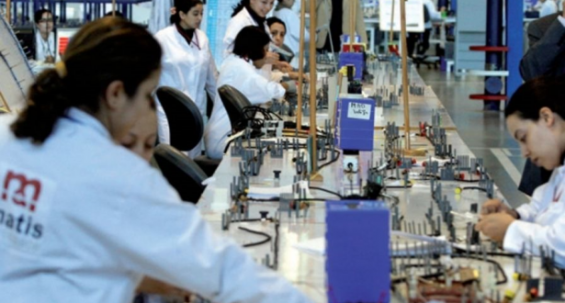Last week, the International Labor Organization (IOL) released its statistics on labor income and inequality. Data compiled by the United Nation agency links the amount that employed people earn by working to inequality.
In its report, IOL measures the «share of labor income» and use it to inspect inequality gauge in 189 countries. «If all workers earned the same, workers in the top 10% would earn just 10% of the pay», explained the UN agency, adding that «in contrast, if only the richest workers got paid, then the top 10% share would be 100%».
In Morocco, labor income share of GDP between 2004 and 2016 has decreased by 3.4%, making of the Kingdom a low-income country. The report explains that labor income share of GDP fell from 49.1% in 2005 to 43.5% in 2017 in the Kingdom. This percentage grew to 44% in 2009 and 45.7% in 2011 before moving to increased numbers in 2015.
According to data compiled by ILO, the labor income share that the top 10% earned in Morocco was at 44.69% in 2017.
Inequality in Morocco and other Maghreb countries
Compared to Maghreb countries, the labor income share earned by the top 10% of workers was at 33.9% in Libya, 38.8% in Algeria, 38.2% in Tunisia and 46.4% in Mauritania in 2017. These findings show that Morocco is the most unequal Maghreb country in terms of labor income share earned by its top 10% workers. Mauritania comes second, followed by Algeria, Tunisia and Libya.
ILO data also show that the labor income share of GDP in Algeria remained stable between 2004 and 2016, while it kept growing in Tunisia. Like Morocco, the same share fell in Mauritania and increased by 0.3% in Libya.
«Looking at the average pay distribution across countries, it finds that the share going to the middle class (the middle 60 per cent of workers) declined between 2004 and 2017, from 44.8 per cent to 43 per cent», explained the UN body.
Commenting on the findings of the report Steven Kapsos, Head of the ILO’s Data Production and Analysis Unit said that «increases in the top labor incomes are associated with losses for everyone else, with both middle class and lower-income workers seeing their share of income decline».
«However, when the labor income shares of the middle- or lower-income workers increase, the gains tend to be widespread, favoring everyone except the top earners», he concluded.




 chargement...
chargement...












